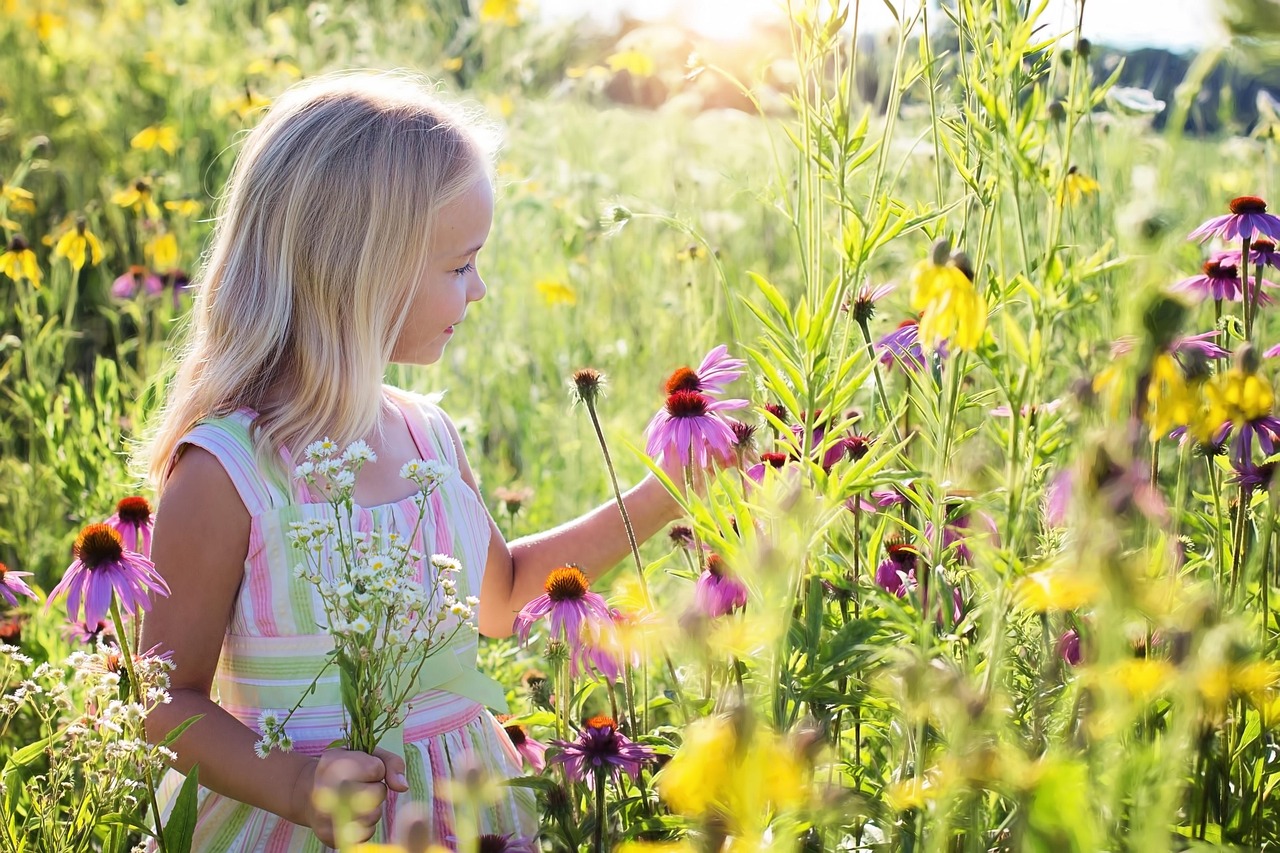Protecting our children is paramount. In a world filled with both wonders and potential dangers, it’s crucial for parents and caregivers to be proactive in ensuring child safety. This comprehensive guide provides essential information and actionable steps to safeguard children in various environments, covering everything from online activities to physical safety at home and outdoors. Equipping ourselves with knowledge and implementing preventive measures is the most effective way to create a secure and nurturing environment for our children to thrive.
Home Safety: Creating a Safe Haven
The home, ironically, can harbor numerous hidden dangers for children. Taking proactive steps to mitigate these risks is vital for their well-being.
Preventing Accidents in the Home
- Poisoning: Keep all medications, cleaning supplies, and hazardous materials locked away and out of reach. Consider child-resistant packaging, but never rely on it entirely. Example: Store bleach and laundry detergents in a locked cabinet.
- Falls: Install safety gates at the top and bottom of stairs, use window guards, and ensure furniture is stable and cannot be easily tipped over. Secure rugs to prevent slipping. Statistically, falls are a leading cause of injury in young children.
- Burns: Adjust the water heater temperature to 120°F (49°C) to prevent scalding. Keep hot appliances out of reach, and never leave a child unattended near a stove or oven.
- Drowning: Never leave a child unattended near water, even for a moment. This includes bathtubs, pools, and even buckets. Teach children to swim at an early age. A 2023 study showed that drowning is the leading cause of unintentional injury death for children aged 1-4.
- Choking: Keep small objects, such as buttons, coins, and small toys, out of reach of young children. Cut food into small, manageable pieces. Learn the Heimlich maneuver.
Fire Safety: Protecting Your Family
- Smoke Detectors: Install smoke detectors on every level of your home and test them monthly. Replace batteries at least once a year.
- Fire Extinguisher: Keep a fire extinguisher in the kitchen and know how to use it. Regularly inspect and maintain the extinguisher.
- Escape Plan: Develop and practice a fire escape plan with your family. Designate a meeting place outside the home. Example: Practice crawling low to the ground to avoid smoke inhalation.
- Matches and Lighters: Keep matches and lighters out of reach of children. Teach children about the dangers of playing with fire.
Online Safety: Navigating the Digital World
The internet offers incredible opportunities for learning and connection, but it also presents significant risks for children.
Protecting Children Online
- Open Communication: Talk to your children about online safety and the potential dangers of the internet. Create an open and honest dialogue where they feel comfortable discussing their online experiences.
- Parental Controls: Utilize parental control software and settings on devices and internet routers to block inappropriate content, limit screen time, and monitor online activity.
- Privacy Settings: Teach children about privacy settings and how to protect their personal information online. Explain the importance of not sharing their name, address, phone number, or school information with strangers.
- Cyberbullying: Discuss cyberbullying with your children and teach them how to recognize and respond to it. Encourage them to report any instances of cyberbullying to you or another trusted adult. According to StopBullying.gov, cyberbullying is a serious issue affecting many children and teens.
- Online Predators: Educate children about the dangers of online predators and the importance of never meeting with someone they have met online without your permission.
Social Media Safety
- Age Restrictions: Adhere to age restrictions on social media platforms.
- Privacy Settings: Ensure that children’s social media profiles are set to private.
- Monitoring Activity: Monitor children’s social media activity and be aware of who they are communicating with.
- Responsible Posting: Teach children about responsible posting and the potential consequences of sharing inappropriate content online. Example: Discuss the concept of a digital footprint.
Outdoor Safety: Exploring the World Safely
Outdoor activities are essential for children’s physical and mental development, but it’s important to take precautions to ensure their safety.
Playground Safety
- Supervision: Always supervise children on the playground.
- Age Appropriateness: Ensure that children are using playground equipment that is appropriate for their age and abilities.
- Surface Material: Check the surface material under playground equipment to ensure it is soft and shock-absorbent.
- Equipment Inspection: Inspect playground equipment for hazards such as broken or missing parts. Report any hazards to the park authorities.
Traffic Safety
- Walking Safety: Teach children to look both ways before crossing the street and to walk on sidewalks whenever possible.
- Bicycle Safety: Ensure that children wear helmets when riding bicycles. Teach them the rules of the road and the importance of using hand signals. A properly fitted helmet can reduce the risk of head injury by up to 85%.
- Car Safety: Always use car seats or booster seats appropriate for the child’s age and size. Never leave a child unattended in a car, especially on a hot day.
Water Safety
- Swimming Lessons: Enroll children in swimming lessons at an early age.
- Supervision: Never leave a child unattended near water, even for a moment.
- Life Jackets: Ensure that children wear life jackets when boating or participating in water sports.
- Pool Safety: Ensure that pools are properly fenced and gated.
Child Passenger Safety: Protecting Children in Vehicles
Motor vehicle crashes are a leading cause of death and injury for children. Using the correct car seat or booster seat is crucial for their safety.
Car Seat Guidelines
- Rear-Facing Car Seats: Infants and toddlers should ride in a rear-facing car seat for as long as possible, until they reach the height or weight limit specified by the car seat manufacturer.
- Forward-Facing Car Seats: Once children outgrow the rear-facing car seat, they should ride in a forward-facing car seat with a harness until they reach the height or weight limit specified by the car seat manufacturer.
- Booster Seats: Once children outgrow the forward-facing car seat, they should ride in a booster seat until they are tall enough to fit properly in a seat belt, typically around 4 feet 9 inches tall and between 8 and 12 years old.
- Seat Belts: Once children are tall enough to fit properly in a seat belt, they should always wear a seat belt when riding in a vehicle.
Car Seat Installation
- Proper Installation: Ensure that car seats are properly installed according to the manufacturer’s instructions. Consider having the car seat installation checked by a certified Child Passenger Safety Technician.
- Car Seat Safety Checks: Many communities offer free car seat safety checks where certified technicians can inspect your car seat installation and provide guidance.
- Car Seat Expiration: Check the expiration date on the car seat. Car seats have expiration dates because the plastic can degrade over time.
Conclusion
Child safety is an ongoing responsibility that requires diligence and awareness. By implementing the strategies outlined in this guide, parents and caregivers can create safer environments for children to learn, play, and grow. Regularly reviewing and updating safety practices is essential to address evolving risks and ensure the well-being of our children. By prioritizing safety, we empower children to explore the world with confidence and minimize potential harm. The commitment to child safety is an investment in their future and our peace of mind.


